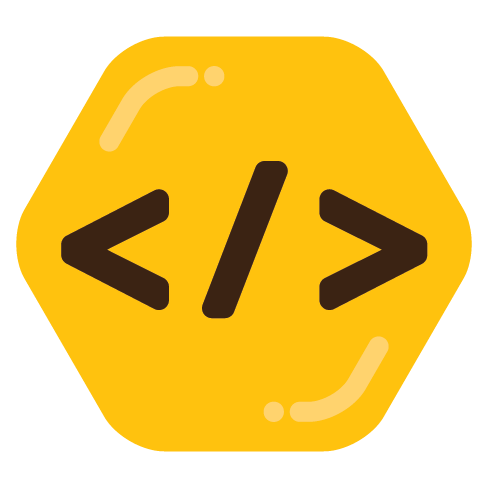The “‘modern’ development stack” we used at my school when I was in a CS program was C++98 or something, compiled using gcc directly. This was in the last decade. It technically wasn’t C!
But we did use C in my computer engineering classes so I guess they technically did teach it. I feel very fortunate that I haven’t needed to use it since then.





Reject assembly, return to machine code. Assembly is an inaccurate projection of what the machine truly does. Writing the binary by hand hardens us, and brings us closer to the computer. We better understand what our machine is doing when we calculate our jumps by hand.